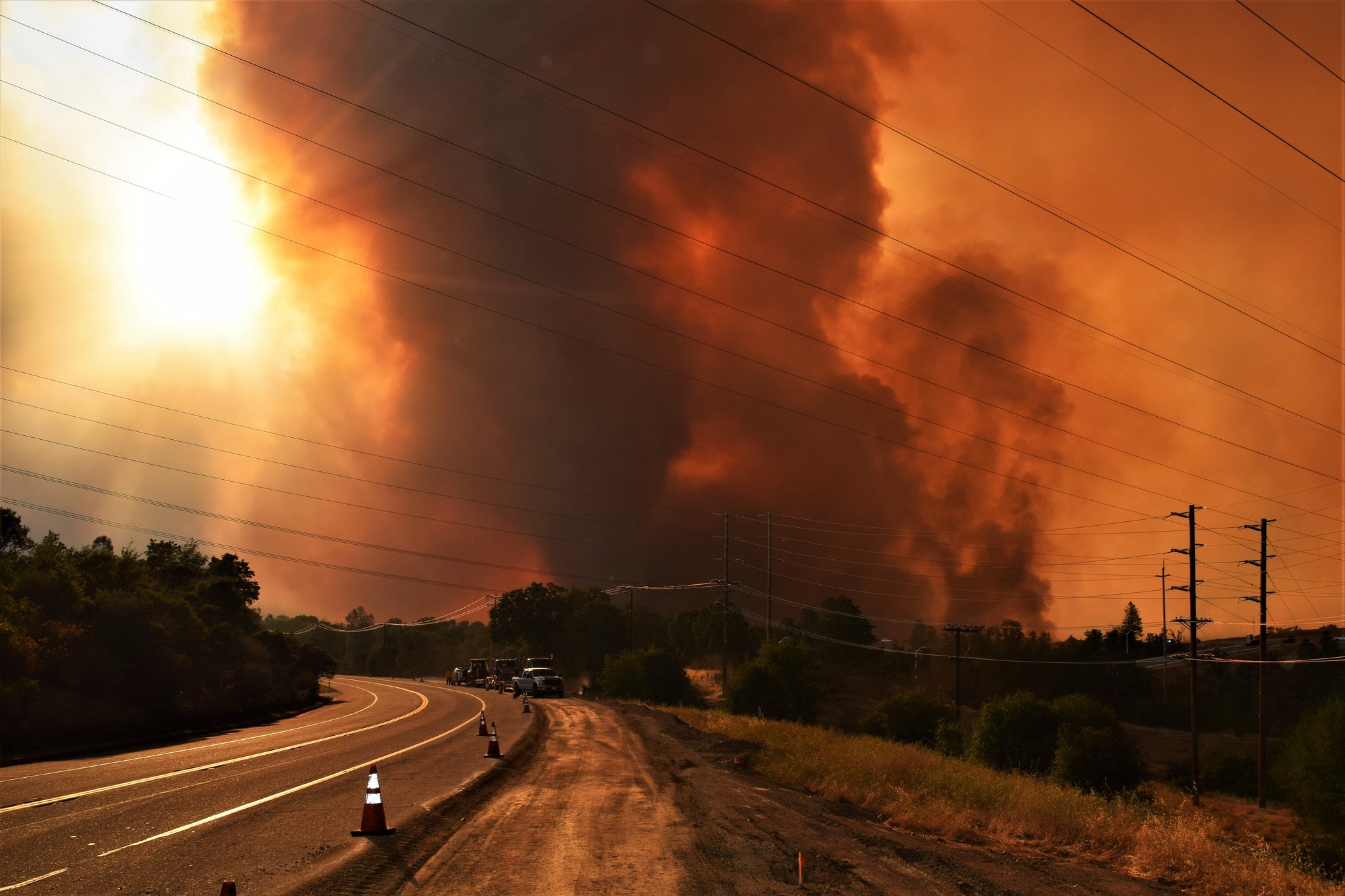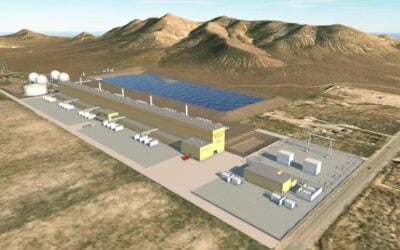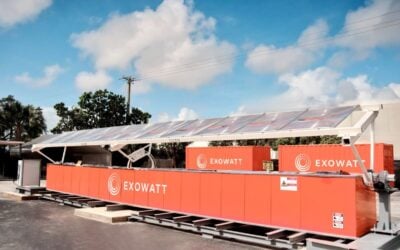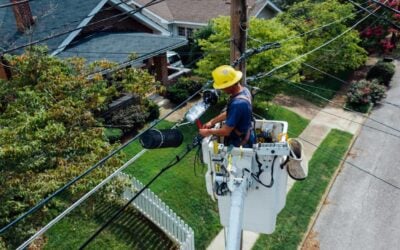
Uncertainty persists around the impact bankruptcy proceedings brought about at investor-owned utility Pacific Gas & Electric (PG&E) could have on renewables contracts and energy storage projects as it faces “extensive litigation” and “significant liabilities” for California wildfires.
On 24 January it was announced that the 2017 Tubbs Wildfire was not caused by PG&E equipment, as investigated by the California Department of Forestry and Fire Protection (CAL FIRE). Nonetheless, the company could still be liable for dozens of other fires still being investigated in 2017 and 2018.
“Regardless of today’s announcement, PG&E still faces extensive litigation, significant potential liabilities and a deteriorating financial situation, which was further impaired by the recent credit agency downgrades to below investment grade,” a company statement read.
The company has filed for Chapter 11 Bankruptcy Protection which will result in widespread restructuring, while also seeking approval with the Northern District of California Bankruptcy Court to access US$5.5 billion in debtor-in-possession financing with groups including JP Morgan and Goldman Sachs. The money would be used to fund continuing operations and well as investments in safety.
Try Premium for just $1
- Full premium access for the first month at only $1
- Converts to an annual rate after 30 days unless cancelled
- Cancel anytime during the trial period
Premium Benefits
- Expert industry analysis and interviews
- Digital access to PV Tech Power journal
- Exclusive event discounts
Or get the full Premium subscription right away
Or continue reading this article for free
“As PG&E enters a restructuring period, there are a lot of uncertainties and complexities that make the outcome very hard to predict,” Alex Morris of Strategen consulting told Energy-Storage.news.
“An important element is that PG&E in one way or another was involved in a lot of renewable procurements.”
‘Big concern’ over destabilising effect
PG&E’s energy mix was 33% renewables in 2017 (including wind, solar, biomass, geothermal and small hydro), while it has a mandate to meet a 50% Renewable Portfolio Standard (RPS) by 2030. It was actually the US’ biggest player in large-scale solar among utilities in 2017, installing 831.3MW throughout that year, according to the Smart Power Electric Alliance (SEPA).
“PG&E has played a very important role as the counterparty on these renewable contracts. The big concern is that the bankruptcy would destabilise those contracts,” Morris said.
The VP at Strategen’s consulting and advocacy practise, also a representative of the California Energy Storage Alliance (CESA), said that the liability for the fires is associated with PG&E’s ‘wires company’, its distribution grid owning-and-operating arm. Meanwhile, the renewables contracts are separately organised and held in terms of procuring resources to meet customer demand.
If renewable energy or energy storage contracts, “primarily associated with meeting energy needs” are then “lumped in with the wires” in terms of dealing with fire liabilities, another area of uncertainty could be created.
“This is a complex accounting element we use in California, but we think it’s a risk area for these renewable contracts and could send a negative signal to developers,” Alex Morris said.
Furthermore, it is PG&E’s customers and ratepayers who pay for renewables PPAs, with the utility remaining a counterparty or sort of middle-man in the deals. As one of three main investor-owned utilities (IOUs) in the state, it is not the utility’s shareholders that will pay for the contracts.
Impact on energy storage
The issue only becomes more complex when it is considered PG&E is effectively an operation with separate arms, including gas and electric utilities. In December 2018 it was reported that the gas pipeline safety records had been falsified by the company.
“The gas utility has had issues with safety and compliance violations, including falsifying records – even after they were told to get their house in order. That’s a big issue and it’s creating a lot of concerns from legislators,” Morris said.
Morris also said that the bankruptcy proceedings could affect energy storage “in a few ways”. Most recently, PG&E proposed in November to replace natural gas peaker plants with 567.5MW of energy storage capacity to be built across four large-scale battery storage systems. The utility and the other biggest IOUs, Southern California Edison and San Diego Gas & Electric, have been ordered by California’s landmark energy storage mandate, AB2514, to deploy over 1.35GW of energy storage on their networks by 2024.
“Regarding AB2514; PG&E is in compliance with that already, it’s in their plans. But they’d be out of compliance if some of their projects, some of those contracts were cancelled due to the bankruptcy. That’s [another] great area of uncertainty.
“Another really interesting thing is that PG&E is a deposit holder for a lot of interconnections. So when you apply to interconnect new storage or renewables, you have to put money into a deposit account and PG&E holds that money. Everybody historically didn’t think much of it, it was just sitting in some account somewhere. Is that account going to be involved in addressing the bankruptcy or is that account separate and protected?”
It could be a question of leadership, Alex Morris says. Not only is the Bankruptcy Court now involved, but the utility is regulated by the California Public Utilities Commission (CPUC) at state level and FERC at the federal level. FERC could push for the throwing out of existing contracts to be something of a last resort, through the Federal Power Act statute. The PUC meanwhile is likely to act with ratepayers’ interests in mind.
“So you have the mega-agencies, bankruptcy courts and regulators involved. Huge liabilities. If we can get some excellent leaders that can work this out through a public process that fits with legal requirements, that would be good. I think an initial question is how do you project manage this sort of thing between the different agencies involved?”





